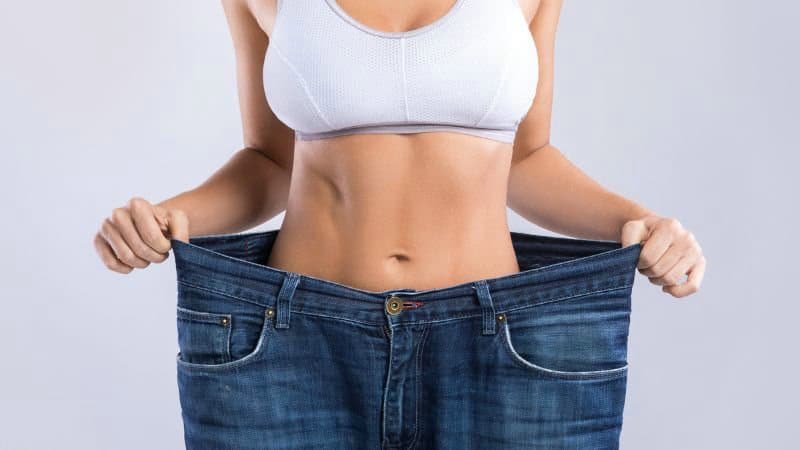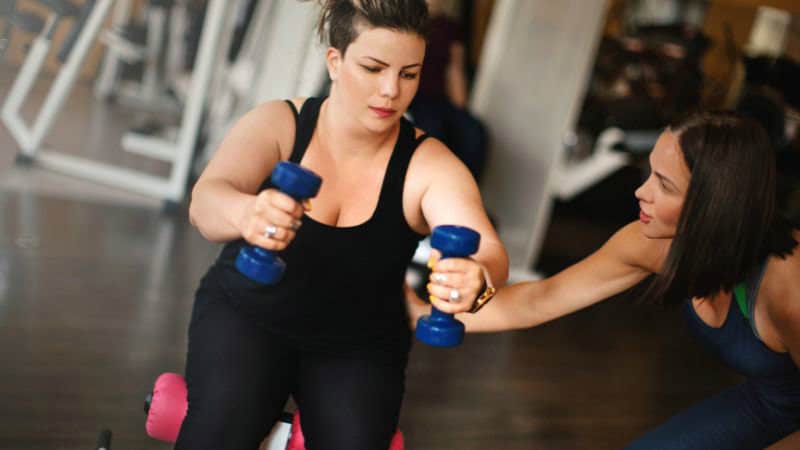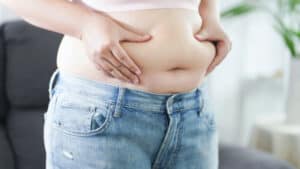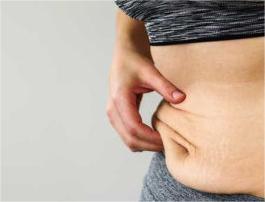
When you’re trying to lose weight, it’s easy to become laser-focused on one thing: the number on the scale. But have you ever stopped to think about what’s actually happening in your body as that number goes down? What exactly happens to fat when you shed those pounds?
The answer is more complex and fascinating than you might imagine. Contrary to popular belief, fat doesn’t simply “turn into” energy or heat and disappear. Rather, the fat loss process involves an intricate series of metabolic pathways through which fat is broken down, converted, and ultimately expelled from the body.
In this article, we’ll take a deep dive into the science behind fat metabolism and weight loss. We’ll explore what body fat is, how it’s stored, and most importantly, the physiological processes that enable fat to leave the body when you’re in a calorie deficit. Enjoy your weight loss journey.
What is Body Fat?

Your body stores fat primarily for energy and acts as a support and insulator.
Body fat is the total mass of fat divided by total body mass, expressed as a percentage. It includes both essential body fat, which is necessary for maintaining life and reproductive functions, and storage body fat, which accumulates in adipose tissue. Here are the key points about body fat:
What are the Types of Body Fat?
There are two main types of body fat:
- Essential Fat: This fat is necessary to maintain life and reproductive functions. It is found in bone marrow, organs, and central nervous system. The percentage of essential fat is greater in women (10-13%) than men (2-5%) due to hormonal functions.
- Storage Fat: This is the fat that accumulates in adipose tissue, both subcutaneous (under the skin) and visceral (around organs). While some storage fat is normal, excess amounts can have negative health implications.
Why is Body Fat Important?
Body fat percentage is a key indicator of overall health and fitness level, more so than just body weight. It is the only body measurement that directly calculates a person’s relative body composition without regard to height or weight.
A healthy body fat range for men is typically 8-19%, while for women it is 21-33%. Having too little body fat can negatively impact health, but excess body fat, especially visceral fat, is associated with increased risks of chronic illnesses like diabetes, heart disease, and some cancers.
How The Body Stores and Utilizes Fat
Fat Storage
Fat is primarily stored in fat cells (adipocytes) as triglycerides.
Dietary fat is emulsified in the intestines and broken down into fatty acids and monoglycerides, which are then absorbed by intestinal cells.
Inside intestinal cells, the fatty acids and monoglycerides are reassembled into triglycerides, coated with protein to form chylomicrons, and released into the lymphatic system and eventually the bloodstream.
Enzymes called lipoprotein lipases, found in the blood vessels of fat, muscle and heart tissue, break down the chylomicrons into fatty acids.
These fatty acids are then absorbed by fat cells, muscle cells and liver cells. In the presence of insulin, they are reassembled into triglycerides and stored as fat droplets, especially in fat cells.
Fat Utilization
When the body needs energy, especially during fasting or prolonged exercise, it breaks down the stored triglycerides in a process called lipolysis:
Hormones like glucagon, epinephrine, and growth hormones stimulate the enzyme lipase in fat cells to break triglycerides into glycerol and fatty acids.
These are released into the bloodstream. Glycerol goes to the liver to be converted to glucose. Fatty acids bind to the protein albumin to be transported to tissues like muscle to be used for energy.
In muscle cells, fatty acids undergo beta-oxidation in the mitochondria to produce acetyl-CoA, which enters the citric acid cycle to generate ATP for energy. This occurs during moderate intensity aerobic exercise.
In the liver, some acetyl-CoA is used to produce ketone bodies which can be used by the brain for energy during prolonged fasting or starvation when glucose is low.
Fat provides a highly concentrated energy source, yielding 9 calories per gram compared to 4 calories per gram from carbohydrates or proteins.
During prolonged moderate-intensity exercise, fat goes like the predominant fuel source as glycogen stores are depleted.
How Fat Leaves the Body
During beta-oxidation, the carbon atoms in fatty acids are combined with oxygen to produce carbon dioxide (CO2) and water (H2O). Therefore, the byproducts of fat metabolism are CO2 and H2O. 84% of fat is exhaled as CO2 through the lungs when you breathe out. 16% of fat is excreted as H2O through urine, sweat, tears, and other bodily fluids.
Factors Influencing Fat Loss Dynamics

When you’re trying to understand fat loss, it’s important to look beyond the basic ‘calories in versus calories out’ model and consider the various factors that influence how your body stores and burns fat.
Hormones
Hormonal factors play a significant role in regulating weight and body fat. Hormonal imbalances can sabotage weight loss efforts, even with proper diet and exercise.
Key hormones include:
- Insulin: The body’s fat storage hormone. Insulin resistance can lead to weight gain.
- Cortisol: The stress hormone. Excess cortisol is associated with increased appetite and abdominal fat gain.
- Leptin: Regulates appetite and fullness. Leptin resistance is linked to overeating and weight gain.
- Thyroid hormones: Regulate metabolism. An underactive thyroid can make weight loss difficult.
- Sex hormones like estrogen and testosterone also influence fat distribution and metabolism.
Type and Intensity of Exercise
The type and intensity of exercise matter a lot in fat loss. High-intensity interval training (HIIT) may be more effective for fat loss than steady-state cardio.
Experts recommend 150-300 minutes per week of moderate cardio or 75-150 minutes of vigorous cardio, plus 2 strength training sessions
Genetics and Gender Variations
Your genetic makeup plays a significant role in your body’s ability to lose fat.
Genetic factors account for 25-80% of a person’s predisposition to be overweight, with some people having a higher genetic susceptibility to weight gain than others. Over 400 genes have been linked to causes of obesity.
Genetics determine the efficiency of your mitochondria, which are the powerhouses of your cells, where fat is oxidized for energy.
Gender also affects fat loss, as men and women tend to store fat differently due to hormonal variations.
Generally, women might find it more challenging to lose fat in certain areas like the hips and thighs.
Age and Lifestyle Considerations
As you age, changes in metabolism often lead to decreased muscle mass and potentially slower fat loss.
Your lifestyle choices are crucial, too. For instance:
- Diet: A balanced diet recommended by a registered dietitian is key.
- Physical Activity: Including both aerobic exercises and strength training can help prevent muscle loss.
- Sleep: Poor sleep quality can contribute to weight regain, as it may affect hormones related to hunger.
Frequently Asked Questions
Can you see fat in your urine, and what does it look like?
No, you cannot see fat in your urine. Fat is metabolized into carbon dioxide and water, and neither of these byproducts are visible in urine.
During weight loss, do we excrete fat through feces?
While some dietary fat is excreted through feces, the fat that is metabolized during weight loss is primarily exhaled as CO2.
After exercise, how is fat metabolized and removed from the body?
After exercise, fat cells release fatty acids, which are transformed into energy. The byproducts, mainly carbon dioxide and water, are then removed through breathing, sweat, and urine.
What are the signs that your body is effectively burning fat?
Signs that your body is burning fat include a consistent reduction in body weight over time.
Looser-fitting clothes and changes in body composition can also be observed. These changes can be confirmed by tools like body fat scales or measuring tape.
What is the hardest part to cut off when losing weight?
Belly fat, abdominal fat, lower back, tights, and arms.






